What is Machine Vision?
Definition and Overview of Machine Vision
Machine vision refers to a technology that enables machines to replicate the human ability to “see” and interpret visual data. This system leverages advanced image processing techniques to capture and analyze visual information from the surrounding environment. By utilizing cameras and processors, machine vision aids in automating tasks that traditionally require human sight, such as inspection, quality control, and guidance in manufacturing processes. Essentially, it is the backbone of automation in numerous industries, enhancing efficiency and accuracy.
This technology can be succinctly defined as the capability of a system to effectively interpret and utilize visual information through various means, including machine vision technologies that adapt to different operational needs. The core functionalities of machine vision encompass image acquisition, processing, and analysis, fundamentally transforming the way tasks are executed in industrial environments.
Applications of Machine Vision in Various Industries
Machine vision finds applications across a slew of industries, each benefiting from its ability to enhance automation and increase productivity. The following sectors are among the most prominent utilizers of machine vision technology:
- Manufacturing: Machine vision is extensively employed for quality control, ensuring products meet stringent specifications. For instance, it facilitates defect detection in assembled components, thereby reducing waste and minimizing production errors.
- Food and Beverage: In this sector, machine vision systems are used for inspecting food quality, ensuring proper fill levels in containers, and verifying packaging integrity to comply with health standards.
- Pharmaceuticals: The pharmaceutical industry depends on machine vision for the inspection of packaging, product identification, and ensuring dosage accuracy, thereby enhancing safety and regulatory compliance.
- Automotive: In automotive manufacturing, machine vision plays a critical role in verifying part alignment, detecting scratches or paint defects, and assisting robots in assembly processes.
- Aerospace: Aerospace manufacturing utilizes machine vision for the inspection of parts under high-stakes conditions, ensuring that all components meet stringent safety standards.
Key Components and Technologies Used in Machine Vision
Understanding machine vision requires familiarity with its fundamental components and technologies:
- Cameras: Central to any machine vision system, cameras are employed to capture images in real-time. These can be standard or specialized, depending on the application.
- Lighting: Proper lighting is crucial for enhancing image quality and contrast, which are vital for accurate analysis. LEDs and lasers are common lighting sources in machine vision setups.
- Processors: Powerful processors are needed to interpret the massive data volumes generated by cameras. They run algorithms that analyze images and facilitate decision-making.
- Software: Advanced software tools must be utilized for image processing, analysis, and presentation. This includes machine learning algorithms for pattern recognition and artificial intelligence for adaptive functionalities.
- Interfaces: User interfaces allow operators to control machine vision systems, set parameters, and review inspection results.
How Machine Vision Enhances Quality Control
Automated Inspection Processes Explained
Automated inspection is one of the standout features of machine vision, allowing systems to verify the quality and conformity of products with unprecedented accuracy and speed. Unlike traditional inspection methods, which rely on human judgement and can suffer from fatigue and inconsistency, machine vision systems utilize algorithms that can continuously learn and adapt.
These systems perform examinations at high speeds, processing thousands of items per minute without sacrificing quality. For example, in a manufacturing line producing electronic components, machine vision systems can quickly identify misaligned or defective parts, ensuring that only products meeting predefined specifications proceed to the next production stage.
Real-Time Monitoring and Reporting Capabilities
Another significant benefit of machine vision is its real-time monitoring and reporting capabilities. By processing images on-the-fly, these systems provide immediate feedback to operators about product quality. This allows for proactive adjustments in production parameters to mitigate defects before they escalate into significant issues.
Many systems integrate data logging capabilities as well, enabling users to generate reports and analyze trends over time. This data-driven approach enhances the overall understanding of production processes and quality metrics, leading to informed decisions regarding operational improvements.
Comparative Analysis: Machine Vision vs Traditional Inspection Methods
When comparing machine vision to traditional inspection methods, the differences in efficiency and reliability become evidently clear:
- Speed: Machine vision can operate at high speeds, inspecting products faster than a human can, making it ideal for high-volume production environments.
- Accuracy: It reduces human error, providing precise and consistent measurements with a high degree of repeatability.
- Scalability: Machine vision systems can be easily scaled and adapted to new products or variations, whereas traditional inspection setups might require significant modifications or retraining.
- Cost-Effectiveness: Over time, the initial investment in machine vision technology pays off through reduced labor costs and decreased waste resulting from late-stage defect detection.
Types of Machine Vision Systems
1D, 2D, and 3D Machine Vision Technologies
Machine vision systems can be categorized based on the dimensional analysis they perform:
- 1D Vision Systems: Primarily used in applications such as bar code scanning, 1D systems analyze linear arrays, capturing data along a single dimension.
- 2D Vision Systems: These systems capture flat images and are common in quality control processes, identifying defects and irregularities on surfaces.
- 3D Vision Systems: Employing advanced technologies such as laser triangulation or structured light, these systems assess the depth and contour of objects, crucial for applications in automotive assembly and robotics.
Specialized Systems: Colored and Spectral Imaging
In addition to the standard dimensional machines, specialized systems enhance the capabilities of machine vision:
- Colored Imaging: These systems utilize color information to differentiate between similar items, essential for picking the right components based on color specifications.
- Spectral Imaging: By analyzing different wavelengths of light, spectral imaging can detect materials and substances that standard optical methods cannot, making it particularly useful in applications such as food safety and pharmaceuticals.
Choosing the Right Machine Vision System for Your Needs
Selecting the appropriate machine vision system involves understanding the specific requirements of your application. Factors to consider include:
- Type of Product: The characteristics of the item being inspected, such as size, shape, and material, will influence the choice of camera and lighting.
- Inspection Criteria: Clearly define what you need the system to assess—defects, dimensions, or color variations.
- Environment: Consideration of the operational conditions, such as lighting variations and whether the system will operate in clean rooms or harsh environments, is essential.
- Integration: The system must be compatible with existing production lines and other automation technologies in use.
Implementing Machine Vision in Your Operations
Steps to Integrate Machine Vision Solutions
Integrating machine vision into existing operations is a multi-step process that requires careful planning:
- Define Objectives: Identify the specific goals for implementing machine vision, whether for quality assurance, productivity improvement, or cost reduction.
- Assess Infrastructure: Evaluate the current production environment and determine what elements will require adaptation to accommodate new technologies.
- Select Components: Choose suitable camera, lighting, and processing components tailored to your requirements.
- Develop Software Algorithms: Implement the necessary software aimed at processing images effectively and meeting your inspection needs.
- Training: Train staff on the new system, ensuring they understand how to operate and troubleshoot it.
- Cross-Functional Testing: Conduct tests to ensure the new machine vision system works seamlessly within existing workflows.
Challenges and Solutions in Machine Vision Adoption
While the benefits of machine vision are significant, there exist challenges in adopting this technology:
- Initial Costs: The upfront investment can be substantial; however, a well-planned ROI analysis can help justify the expenditure over time.
- Complexity: The integration of advanced technologies may seem daunting. Ongoing support and training are essential to alleviate fears of complexity.
- Maintenance: Regular maintenance is vital to ensure optimal performance. Implementing a service schedule can mitigate issues and downtime.
Success Stories: Companies Benefiting from Machine Vision Technology
Several leading companies have integrated machine vision with outstanding results:
- BMW: The automotive giant employs machine vision for assembly line inspections, significantly reducing human error in complex decision processes.
- Unilever: In their production facilities, machine vision systems are in place for packaging inspection, resulting in a 90% reduction in packaging errors.
- Phillips: Utilizes machine vision to monitor product quality in real-time, enhancing their manufacturing process while maintaining compliance with stringent health regulations.
The Future of Machine Vision Technology
Trends and Innovations in Machine Vision
The landscape of machine vision is evolving rapidly, with trends focused on enhancing capabilities and applications:
- AI and Machine Learning: Integrating AI with machine vision technologies enhances their capabilities to learn from data, adapt to new processes, and improve detection algorithms over time.
- Edge Computing: Moving processing closer to data generation points streamlines workflows and enhances response times, critical in high-speed manufacturing demands.
- Integration with IoT: The convergence of machine vision and IoT technologies will enable smarter, connected systems where real-time data sharing can lead to further operational efficiencies.
AI and Machine Learning Integration
The incorporation of AI and machine learning into machine vision systems augments their analytical capabilities. These technologies enable these systems to improve detection accuracy, adapt to new product variations, and reduce false positives caused by static algorithms. Machine learning models can analyze vast data sets to identify patterns that may not be readily visible to traditional programming approaches.
Predictions for the Evolution of Machine Vision Systems
As technology continues to advance, the future of machine vision looks promising. Predictions include:
- Increased Accessibility: With the development of lower-cost cameras and processing units, machine vision technology is likely to become more accessible to small and medium-sized enterprises.
- Augmented Reality (AR) Integration: Future systems may integrate AR for real-time feedback and instructions to workers on the shop floor, further enhancing productivity.
- Advanced Collaboration: Machine vision systems are expected to further integrate with robotics and IoT devices, creating a comprehensive ecosystem for automated tasks.
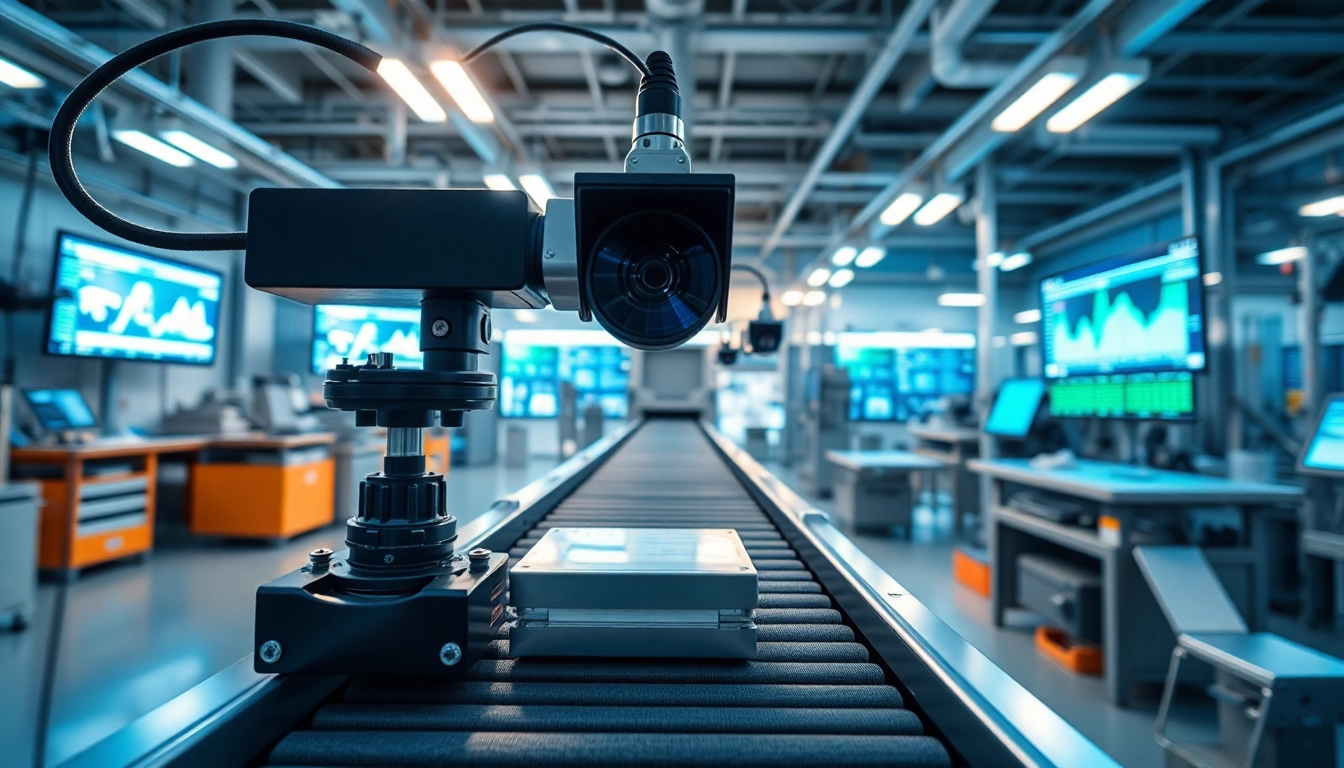



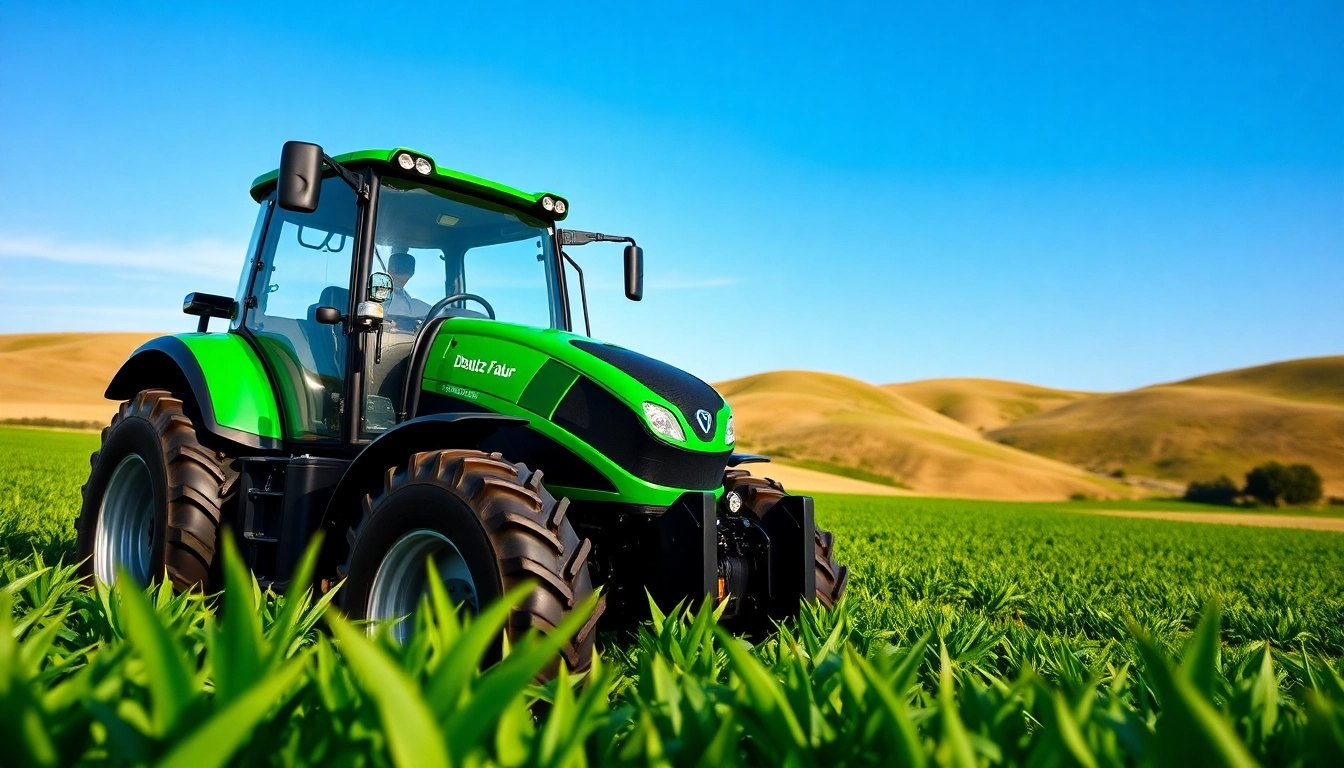



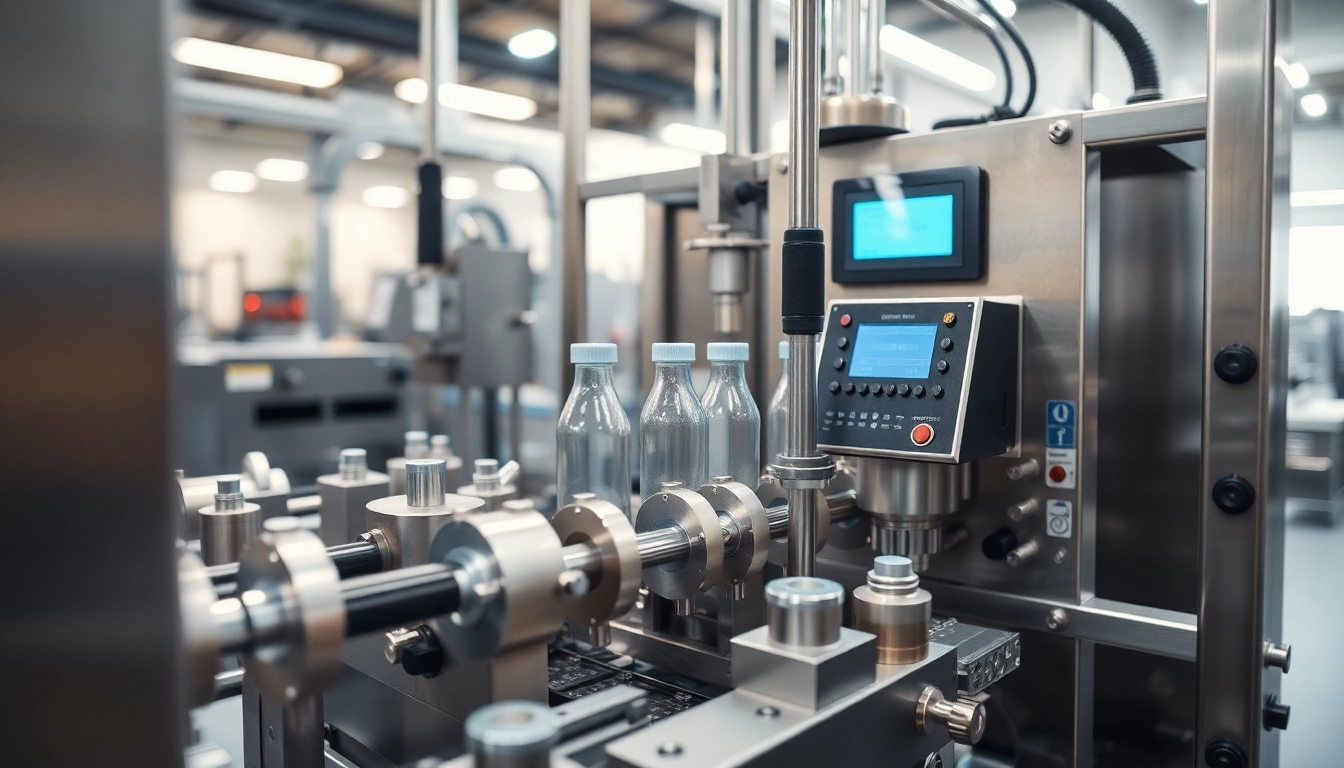
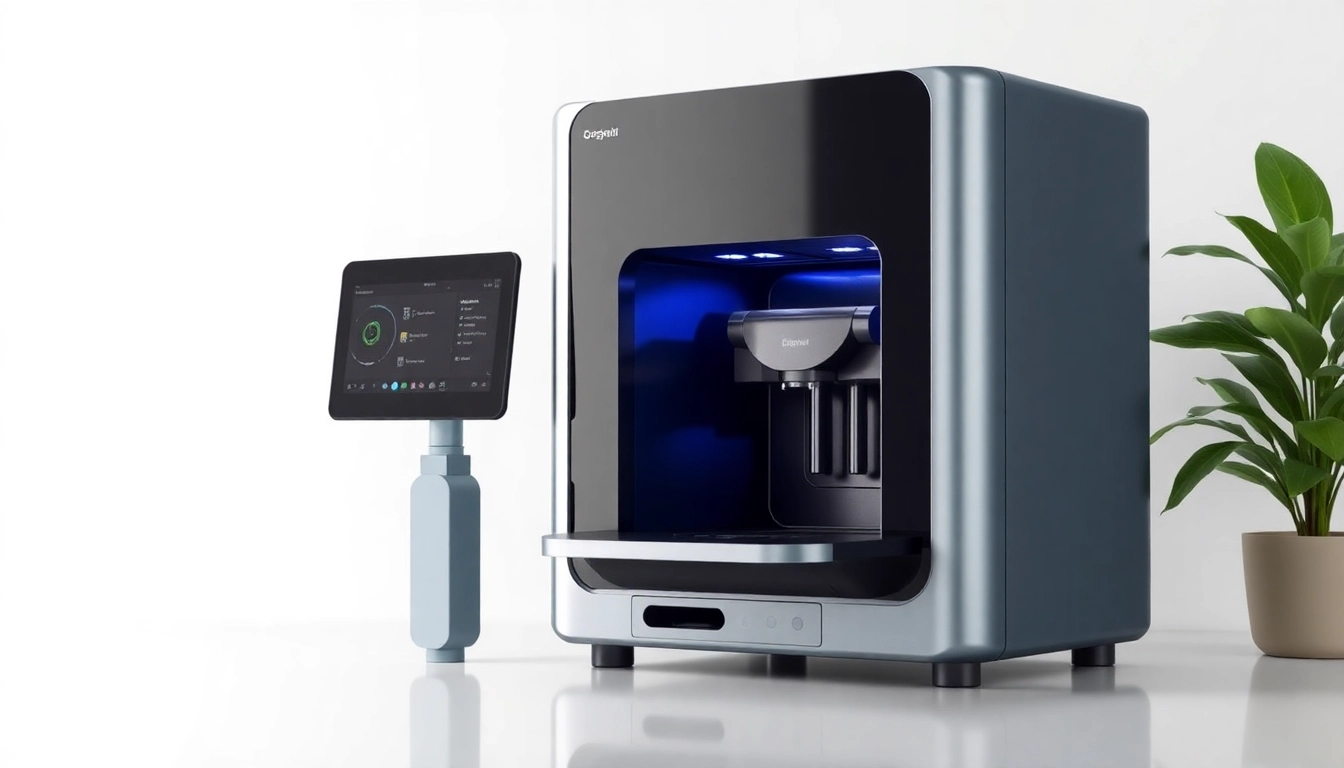
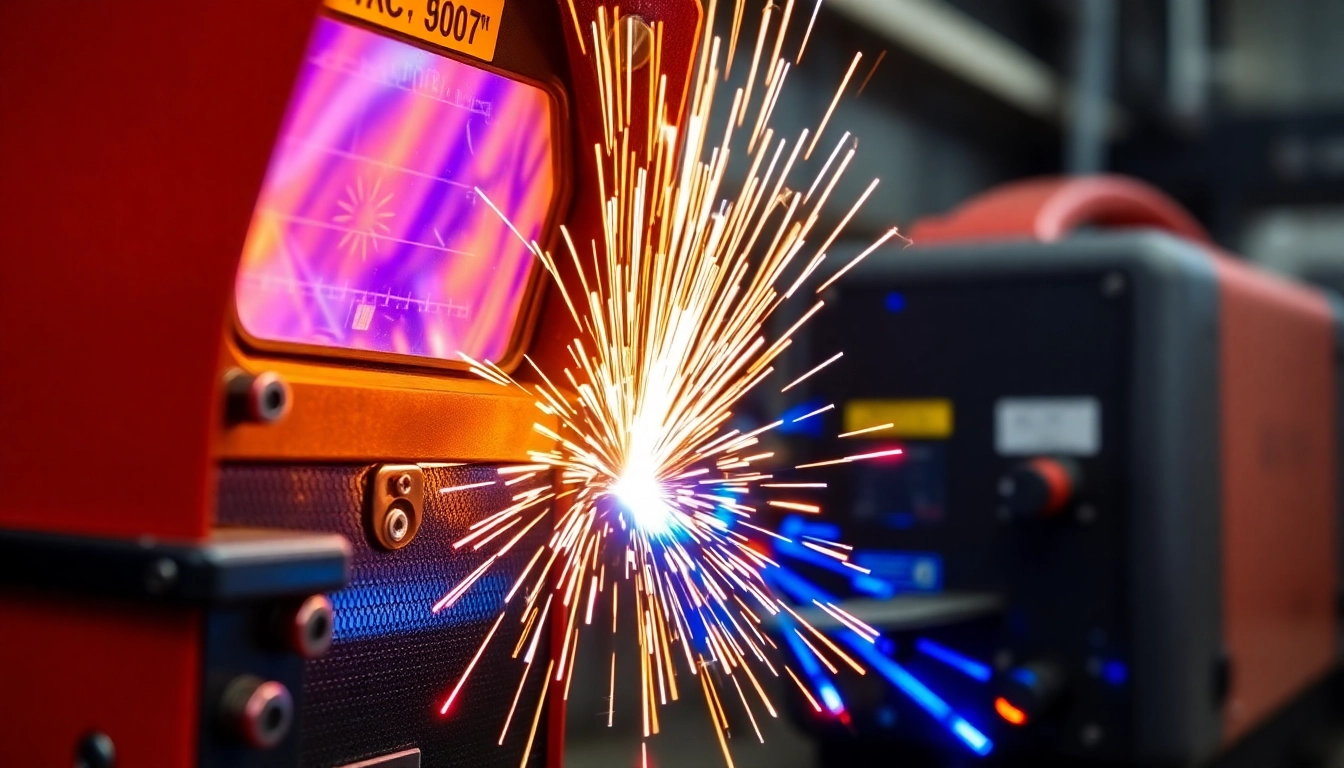




Leave a Reply